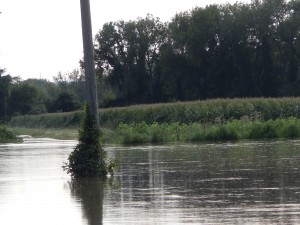Cool Resource: Ecofreek International Swap Exchange
Maybe once or twice a year, I actually get an unsolicited bulk e-mail that is targeted, relevant, and has a subject line that makes me open it. nd while I absolutely detest spam, I don’t object to this. If I am exactly the right audience for an offer, it’s not spam; it means a company is doing its homework and compiling a list of actual prospects.
This morning, I got one with the subject, “recycle related/reuse and swap search engine.” Since I write about the environment and have a 40-year commitment to encouraging reuse, I opened the e-mail.
This is an excerpt:
ecofreek.com is a search engine that searches the web for free and ‘for swap/trade’ items people no longer need from over 45+ major sources, providing the most diverse and accurate results anywhere in the world.
Also included are items for trade like books, sports equipment, antiques, automobiles, bicycles, motorcycles, CDs/DVDs, computers, property, seeds/gardening supplies, and lots more.
We also encourage people to exchange and re-use items though our search engine and also our ‘places to give things away’ section. Feel free to recommend us new resources as well, we have a section we link to other environmental/green sites.
We hope you enjoy your experience at our site and welcome any and all feedback.
Please contact me for any questions about our site/service or working together.Sincerely,
Nicole Boivin – Founder
She also included her personal e-mail and phone number.
So I went over to look, and I like what I found (mostly).
As a longtime participant in Freecycle.org, I was interested to compare. I found several major differences:
1. The search engine is elegant and allows you to choose a geographic area ranging from your own town or US state to anywhere in the world. Freecycle restricts you to your own community.
2. Ecofreek is web-based, rather than e-mail-driven, which means you can search for what you want instead of just posting a wanted or offered notice and hoping for response.
3. Freecycle is about gifting. While gifting is an option at Ecofreek, swaps are also encouraged.
I did get very weird results when I clicked a suggested link (not a database result) for free samples of Kashi. And I do see that this site will need to be prepared to deal with people spamming the message boards (I saw one or two noncommercial spams). But I think it’s a good addition to the frugality and environmentalism toolbox.
And I will write to Nicole and ask her how I get listed in the environmental section she referred to.

